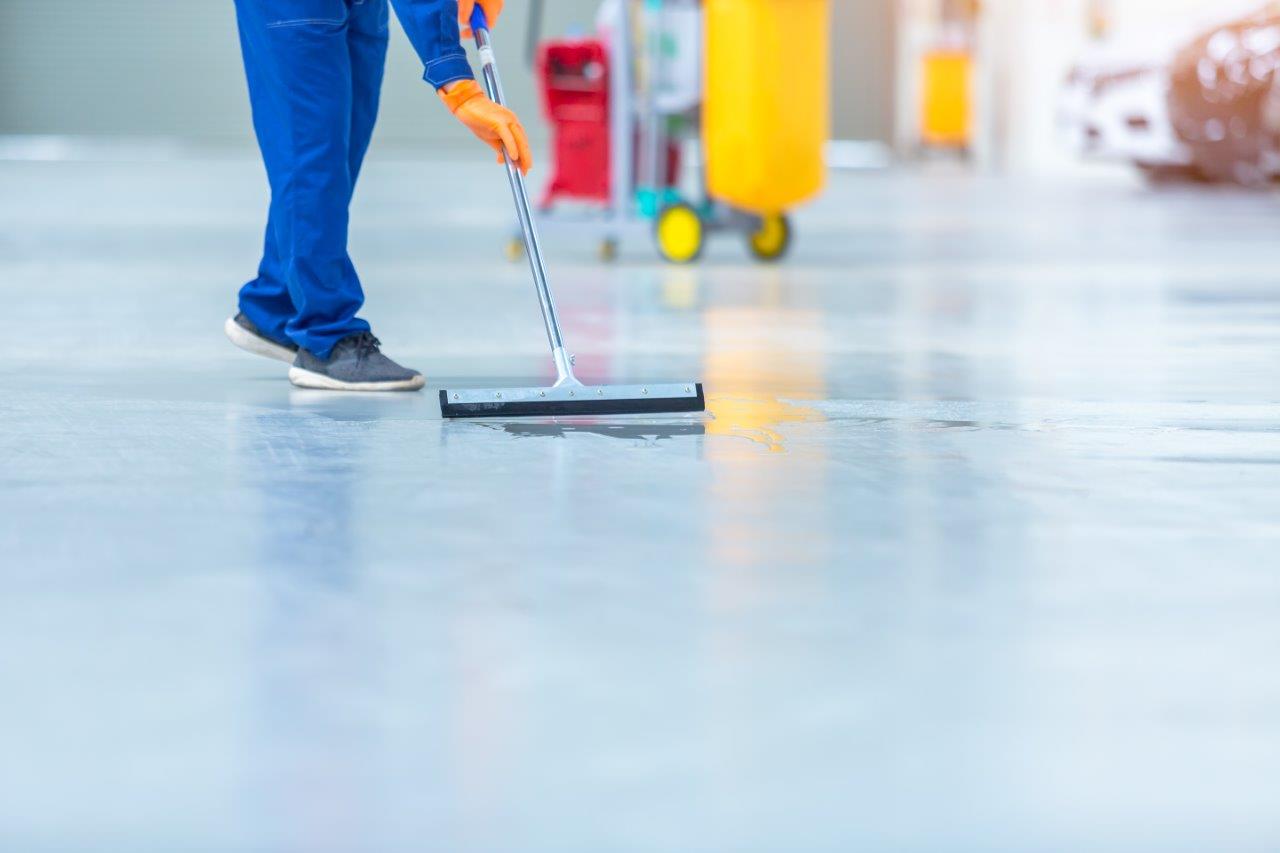How to Sanitize Your Warehouse
How can you sanitize your warehouse?
- Maintain a regular cleaning schedule
- Clean high surfaces first
- Mop the floors
- Make cleaning supplies accessible
- Turn over inventory
In these times we live in, keeping everything sanitized should be on the top of the fore. Particularly, the logistics industry is one sector that has been more or less allowed to operate at full capacity, with some modifications. Keeping this in mind, every element involved in the logistics process should undergo the necessary sanitation practices. It’s highly important for you to know how to sanitize your warehouse, to make it possible for you to more safely run your operations.
Continue reading to learn more about some warehouse cleaning tips you should definitely adopt.
Maintain a regular cleaning schedule

Having an established routine is always the best way to form a habit. As such, keeping your warehouse clean for a long period of time requires you to maintain a stringent, regular cleaning schedule that you have to stick to in order to get the job done.
To more efficiently create a schedule, make sure you list down areas in your warehouse that are more prone to gathering dust, exposure to stains, and other stubborn forms of dirt. After you’ve listed this information down, assign a consistent schedule of when these areas would have to be cleaned. For example, shelves, loading bays, and cold storage facilities are just some of the most widely affected warehouse areas, in terms of accumulating dirt. Depending on the kind of warehouse conditions you have, it’s always best to prioritize these three areas in the cleaning schedule.
Clean high surfaces first
As with any other kind of cleaning endeavor, targeting high surfaces first is the most practical move. This is an efficient way of removing dust in harder-to-reach areas and allowing the dust to settle on the ground for further convenience in cleaning.
Pallets are oftentimes stacked high in warehouses. These tend to sit for a long period of time in the facility without being moved, or bothered. As such, there’s a tendency for them to be left forgotten in the cleaning process. However, you can easily rectify this by making sure they’re not just sitting in a single place for long durations. Using a stable ladder or any elevated platform, pallets can be cleaned through simple dusting and wiping using an all-purpose cleaner – depending on the pallet material. You can also subsequently dust off higher areas of shelves, or lighting fixtures which hang in the facility.
Once you’ve cleaned these areas, you can now safely move on to cleaning surface-level areas, where you can more easily collect the dust from the primary cleaning process.
Mop the floors

Maintaining your warehouse’s productivity is highly dependent on the cleanliness of your floors. This is an area that experiences a high level of activity due to the movement of people, forklifts, substances, and potentially other kinds of heavy machinery. Dust and grime-free flooring prevents minor accidents like slippage and sliding from occurring, helping different warehouse objects to more safely navigate inside the facility.
Warehouse flooring isn’t relatively difficult to clean, as they’re usually protected with a waterproof layer of polyurethane or epoxy coating. Furthermore, mopping the floors doesn’t necessarily be highly physical activity, as the quality and properties of the flooring already get the job half-done for you. Just ensure you’re using non-abrasive cleaning substances. If you want to clean your floors faster, you can also consider buying cleaning implements that you can attach to your forklifts, such as large brushes.
Make cleaning supplies accessible
If you’re following a dedicated and rigorous cleaning schedule, you might want to consider storing your cleaning supplies in accessible locations inside the warehouse. This not only makes it easier for the maintenance staff responsible to get these supplies but also retains the clean appearance of the warehouse. If your cleaning supplies are just lying around in scattered areas, cleaning the entire facility can be highly time-consuming. It’s also likely that cleaning substances may have a tendency to contaminate the products being housed in the facility.
There are many ways for you to store your cleaning materials. For example, you may place them inside a shelf where anyone can easily locate them. Or, you could also place all of them inside a sizeable room where mops, brooms, brushes, buckets, and other cleaning agents can be neatly stored without being subject to disarray.
Turn over inventory

Throwing out items that have been stored in your warehouse inventory for far too long is something you want to avoid. This activity can be costly because of the wasted resources, as well as the storage space which could have been used for storing other materials. Since this situation is almost inevitable, the best course of action is to always purge your warehouse shelves with unnecessary warehouse stocks which are just taking up invaluable space.
For example, perishable items that have been deemed non-functional or unfit for human consumption should be properly thrown out. Other items like chemicals and other kinds of substances may need to be specially handled before they’re disposed of. Make sure these items are thrown in the proper bins, depending on their recyclability or biodegradability.
Key Takeaway
The warehouse is a key place for the storage of items before they’re shipped to their final points of distribution. This is why knowing how to sanitize your warehouse is key to keeping every warehouse item clean.
Though there are certainly endless cleaning practices you can adopt, the simple guide above will hopefully serve as a starting point for a cleaner warehouse.
